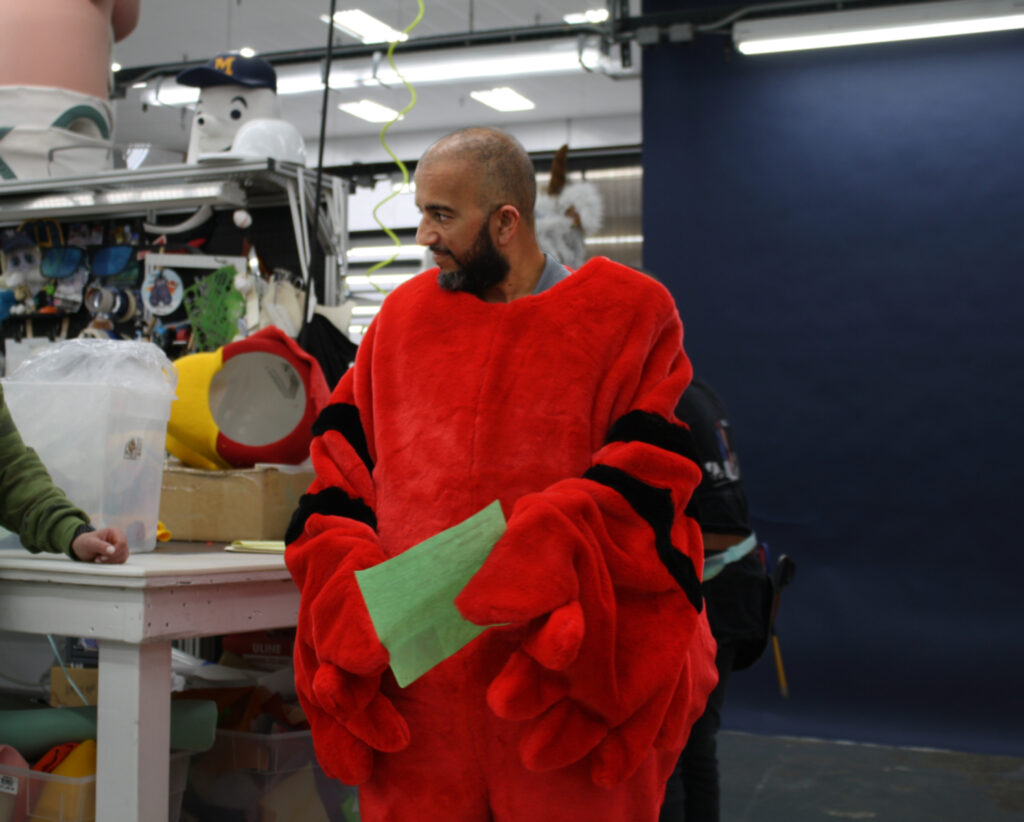Check out Olympus Mascots Wrapped for 2025, where we’re highlighting the top mascots we created this year. From sports teams to iconic brand names, these custom mascot costumes brought unforgettable characters to life. Take a look back at the designs, collaborations, and creativity that defined our year.
Read More







